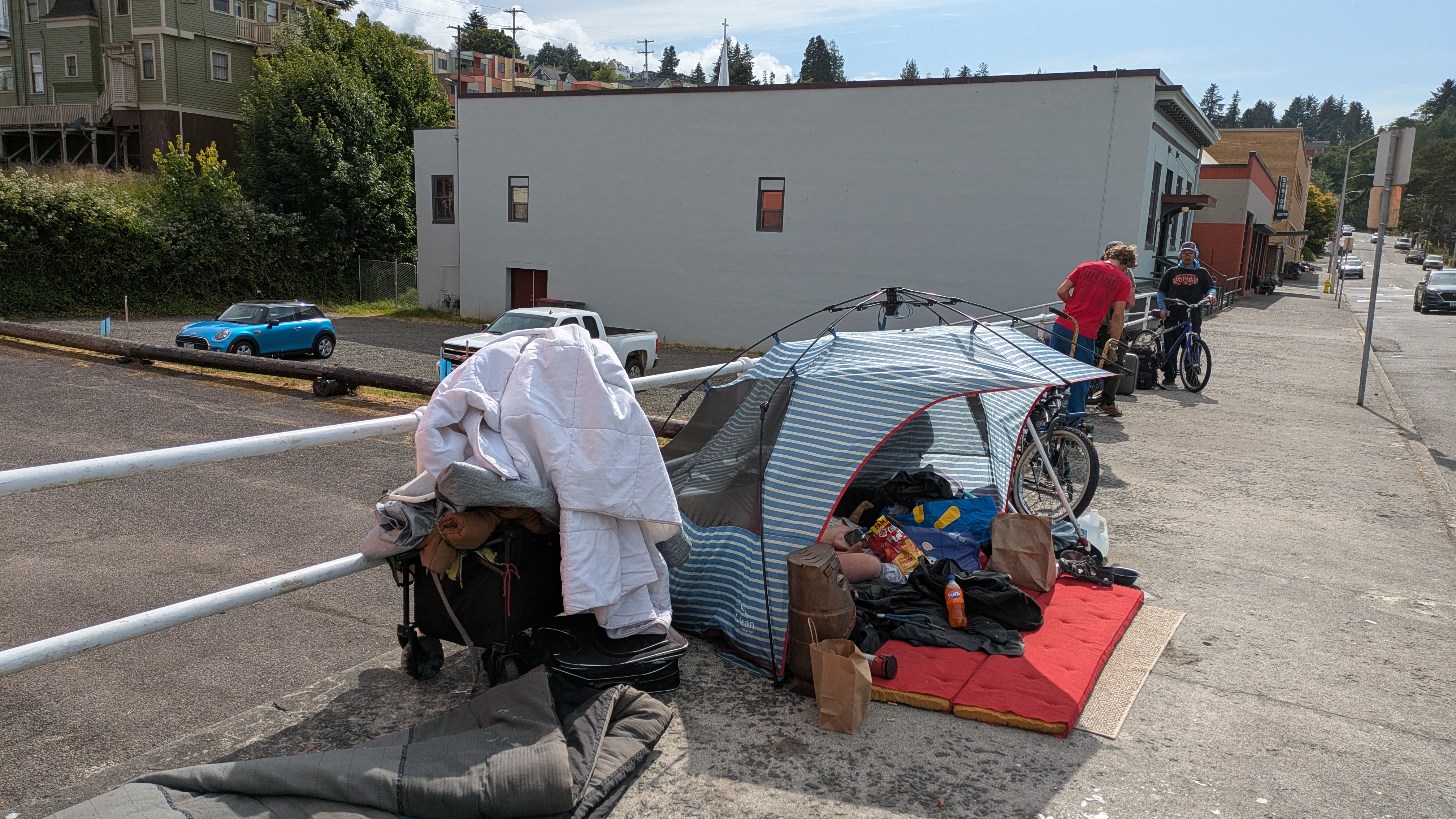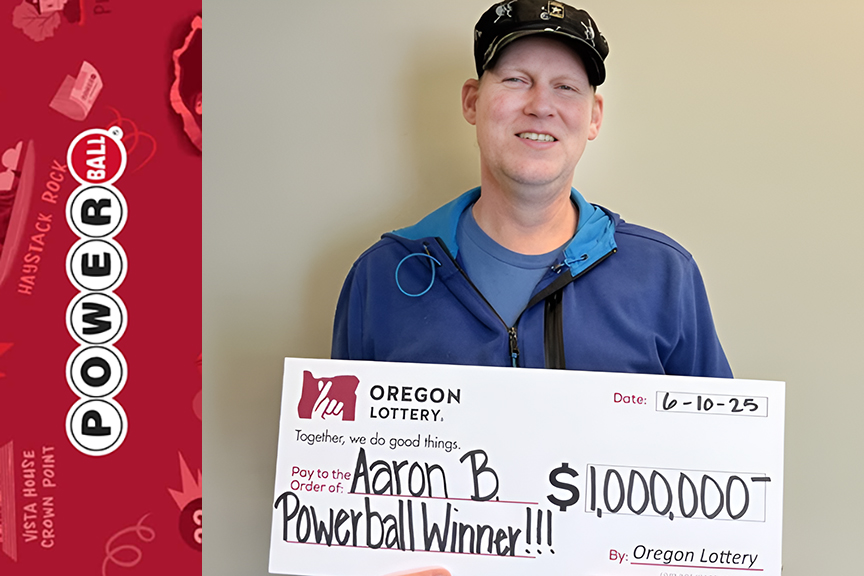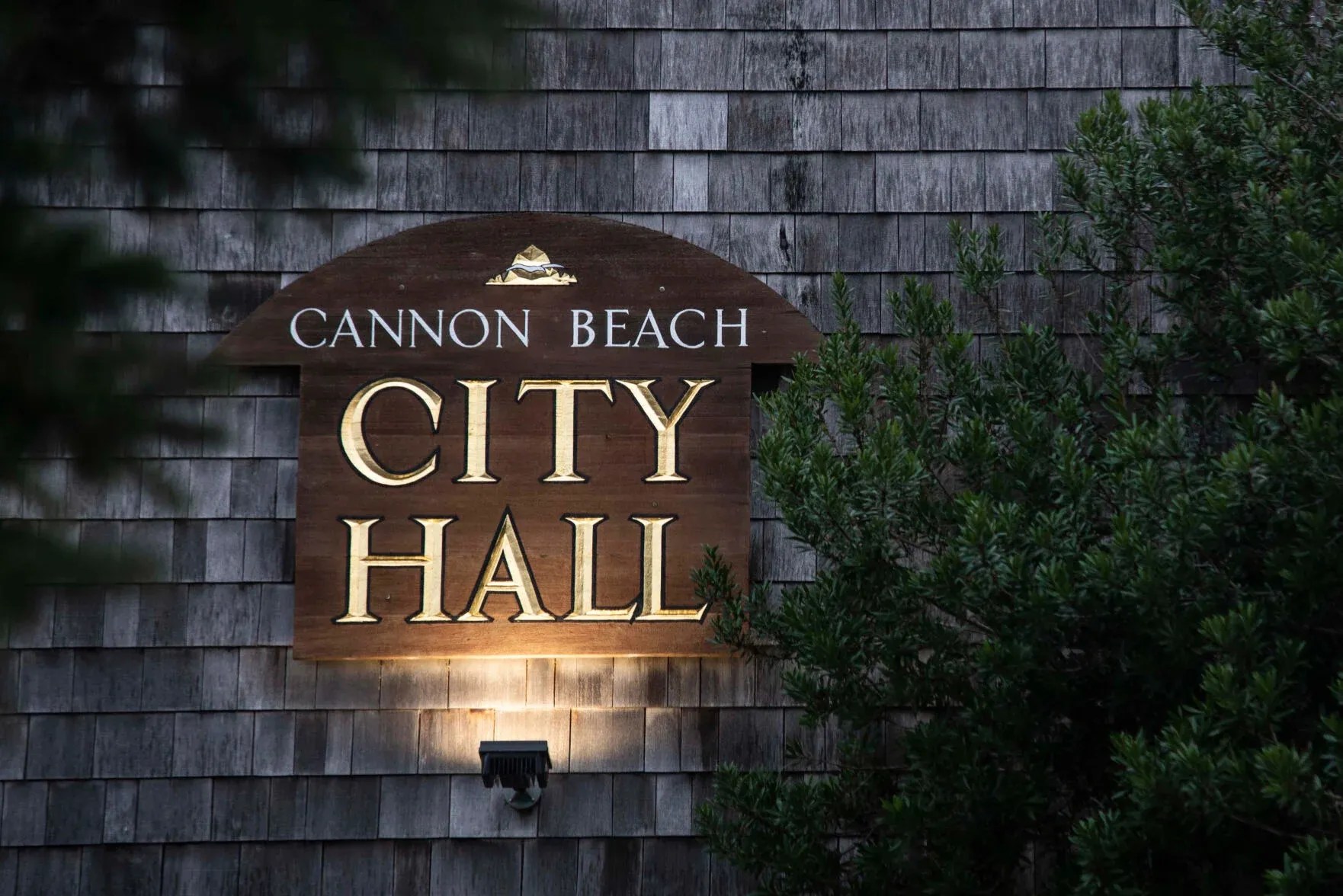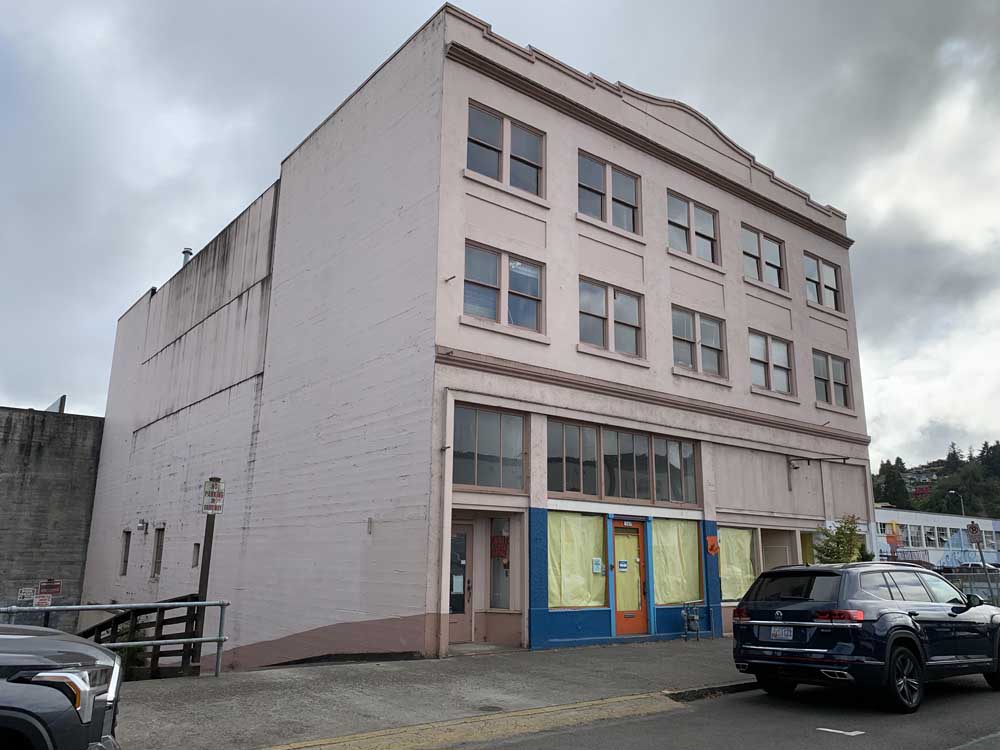Volunteers team up to clean up beach debris
Published 5:00 pm Monday, October 6, 2003
SOLV’s Great Oregon Beach Cleanup is SaturdayWARRENTON – Oregon State Parks Ranger Patrick Lines walks onto the beach and immediately stoops to pick something up. It is a cigarette butt.
“That’s still the No. 1 thing found on the beach during beach cleanups,” Lines says.
He proceeds along the coastline outside Fort Stevens State Park, picking up a small plastic shovel and a piece of foil as well as scrutinizing a slice of a curb too large to tote around. Someone must have used it to build a fire, he concludes.
“This is basically what my volunteers are going to do on Oct. 11,” Lines says.
He is anticipating the 20th anniversary of SOLV’s Great Oregon Beach Cleanup, which will be held Saturday. A team leader at Fort Stevens, Lines is zone captain for the 14-mile stretch of beach from the South Jetty to the Necanicum River in Gearhart. He’s been working with SOLV since 1994.
“It is very much an inspirational thing,” Lines says. “At times I’ve had 1,200 volunteers in my zone.”
LORI ASSA – The Daily Astorian
Lines describes the assortment of things, such as refrigerators and tires, that have been found in past years during SOLV’s Great Oregon Beach Cleanup.Oregon hosted the first statewide volunteer beach cleanup in the nation in October 1984. It was the brainchild of Judie Hansen (then Judie Neilson), executive assistant to the director at the Oregon Department of Fish and Wildlife. Twenty years later, Hansen looks back on the tradition she helped to establish – the one that earned her the nickname, “mother of beach cleanups.”
The ‘plague of plastics’It all began when a magazine article about the “plague of plastics” came across Hansen’s desk – by mistake. It told about wildlife getting entangled in six-pack plastic rings and choking on plastic foam pieces.
Hansen thought, “Gee, I bet if I didn’t know about it, I bet a lot of other people don’t.”
An avid birder and environmentally conscious since childhood, Hansen wanted to do something. She organized the cleanup through ODFW, which in her mind was “just doing a good thing at the coast.”
“On that blustery October day, we had 2,100 people show up, which was just a shock to us,” she said. “That kinda put us on the map.”
Oregon’s dirty dozenSince 1984, 141,420 Oregon beach cleanup volunteers have collected almost 800 tons of debris – enough to fill 175 dump trucks. Volunteers at the 2002 Great Oregon Fall Beach Cleanup reported finding more of these items than any others.
10,276 cigarettes and cigarette filters
3,469 food wrappers and containers
2,407 container caps and lids
1,820 bags
1,579 pieces of rope
1,243 beverage cans
1,171 glass beverage bottles
1,059 cups, plates, plastic flatware
935 straws and stirrers
872 plastic beverage bottles
613 pieces building materials
481 pieces plastic sheeting and tarps
– Information provided by SOLV Hansen spent part of that day working alone on a little inlet. From where she was, she could see people cleaning the main beach and a helicopter capturing footage for a later video on the cleanup from above.
“I got very emotional about being involved in something that was that big,” she said.
Volunteers collected 26.3 tons of debris from the 362 miles of Oregon coastline by the end of the day.
Hansen said people were amazed that “clean” Oregon would have so much trash.
“You can’t believe the amount of attention it got,” she said. “It’s probably one of the most exciting things I’ve ever done.”
The annual cleanup continued, and Hansen worked to establish similar beach cleanups in Washington, California and New England. She even published a guide on beach cleanups.
However, “My dream was that we’d have an international beach cleanup day,” she said.
It happened within eight years. Hansen took part in her last Oregon beach cleanup in 1989. Now 66, she lives in Danville, Ind., with her husband, Edward Hansen. She has watched the Oregon beach cleanups grow over the years, “all from some little idea that got launched in my head,” she said.
A payback to OregonSOLV was created in 1967 by Gov. Tom McCall. The organization – began as Stop Oregon Litter and Vandalism – now runs the Oregon beach cleanup twice annually, attracting 4,000 to 6,000 volunteers for each event.
Jack McGowan has been the executive director for SOLV for more than 13 years. It’s a far cry from where he started out – on the floor of the New York Stock Exchange. McGowan found the job could instill in him a sense of pride in his state.
“It was really a payback to Oregon,” McGowan said.
McGowan said Gov. McCall was a champion who created a “fervent thread that went through the fabric of Oregon.” The beach cleanups teach civic responsibility and bring people together for a common cause, McGowan said.
“This is a statement of why we live here,” he said. “We’re the only state that does two beach cleanups a year.”
The cleanup operates through zone captains like Lines, who recruit beach captains, organize supplies, get the word out and arrange for haulers to take debris to the dump. Unfortunately, seawater and sand ruin the recyclability of debris so everything must be taken to a landfill. Beach captains set up supplies and distribute volunteers so that everything is covered. Each cleanup costs about $45,000, and sponsors help cover the cost.
The cleanups help to show the true condition of Oregon’s environmental health.
“This environment that we live in is indeed fragile,” McGowan said.
‘It’s outrageous. It’s pathetic. It’s sad.’
In the last 20 years, more than 750 tons of debris have been collected by beach cleanup volunteers. Lines knows how die-hard these volunteers can be. During one unseasonably cold event, 756 people showed up in Lines’ zone to suffer through horizontal rain. Other volunteers show up in the early hours of the morning to wait for him on the beach.
The only thing they get is “satisfaction,” Lines says. “I certainly appreciate the effort everyone does.”
The work can sometimes be as baffling as it is rewarding. The most interesting thing Lines has found on the beach was a Ford Econoline van. Workers found it upside-down plastered against the dunes, covered with driftwood. They had to use an excavator to remove it from the beach. He’s also found wheels, tires and refrigerators.
“Who knows where they came from?” he says.
Lines can guess how some items got to the beach. “It seems like more and more people are bringing trash out to the beach the day or night before the cleanup,” he says. “They know that we’ll pick it up.”
Last spring, volunteers found a microwave, range, bed, toilet and kid’s bike sitting together on the beach, untouched by the harsh elements of the coast. Next to the cargo Lines found tracks from a vehicle in the sand. The toilet was the most dangerous thing there, Lines says, because when porcelain shatters it can pierce a tennis shoe and cut into a foot.
The situation is one of many Lines hates to see. “It’s not like it’s going to decompose,” he says.
His message to those who litter the beach is clear.
“What are you thinking? This is your world as much as it is anybody else’s,” he says. “It’s outrageous. It’s pathetic. It’s sad.”
Some of his regular volunteers call Lines to let him know they’ll be there before he can ask for their help.
He says the cleanups also provide an economic factor for coastal towns. Volunteers stay in hotels and eat out, he says, which is a benefit to local economy.
But the greatest benefit is to the wildlife, and to Oregonians.
“The beach looks so much better without a bunch of trash on it,” he says. “It’s incredible.”
For more information, visit (www.solv.org)





